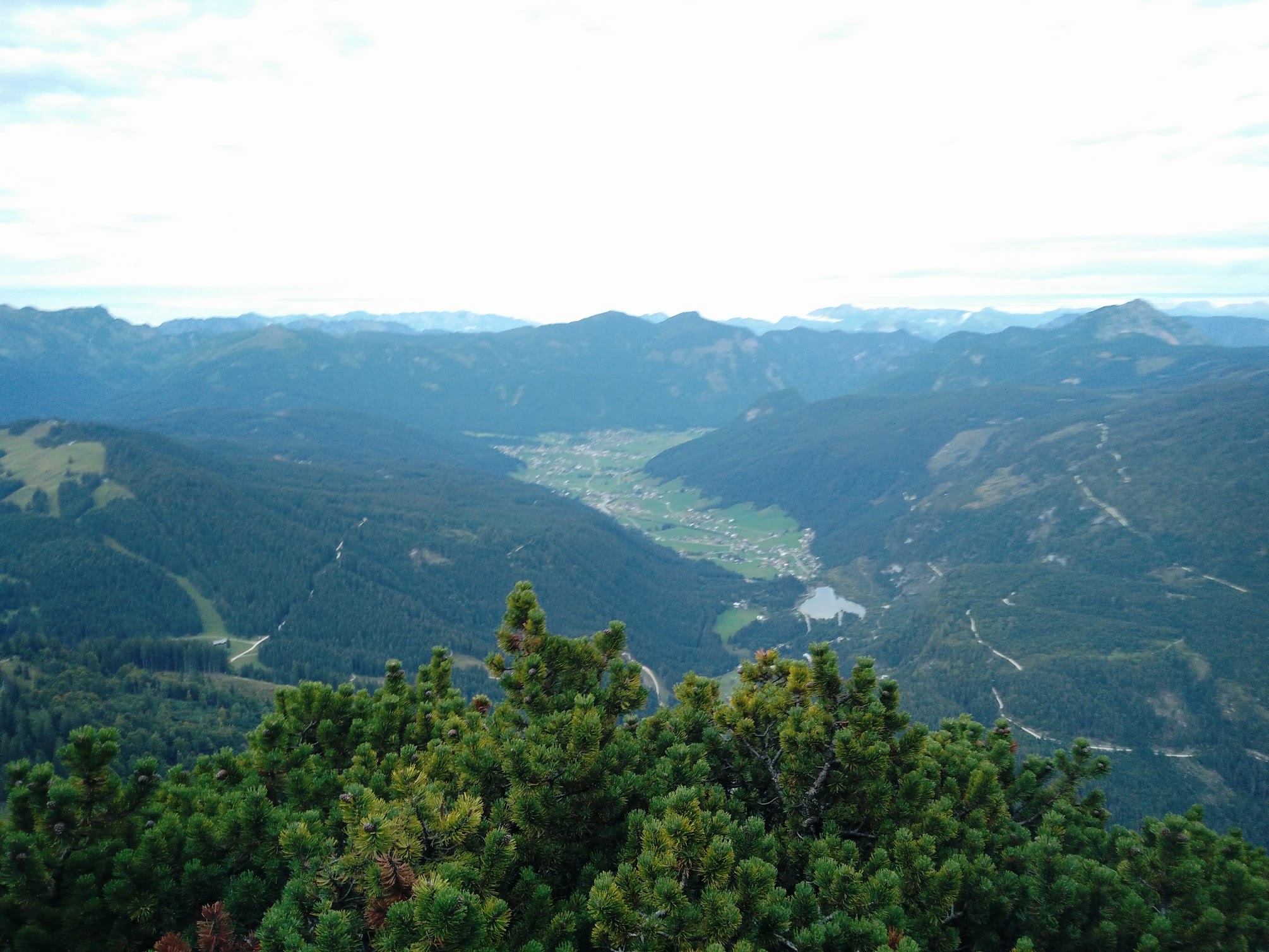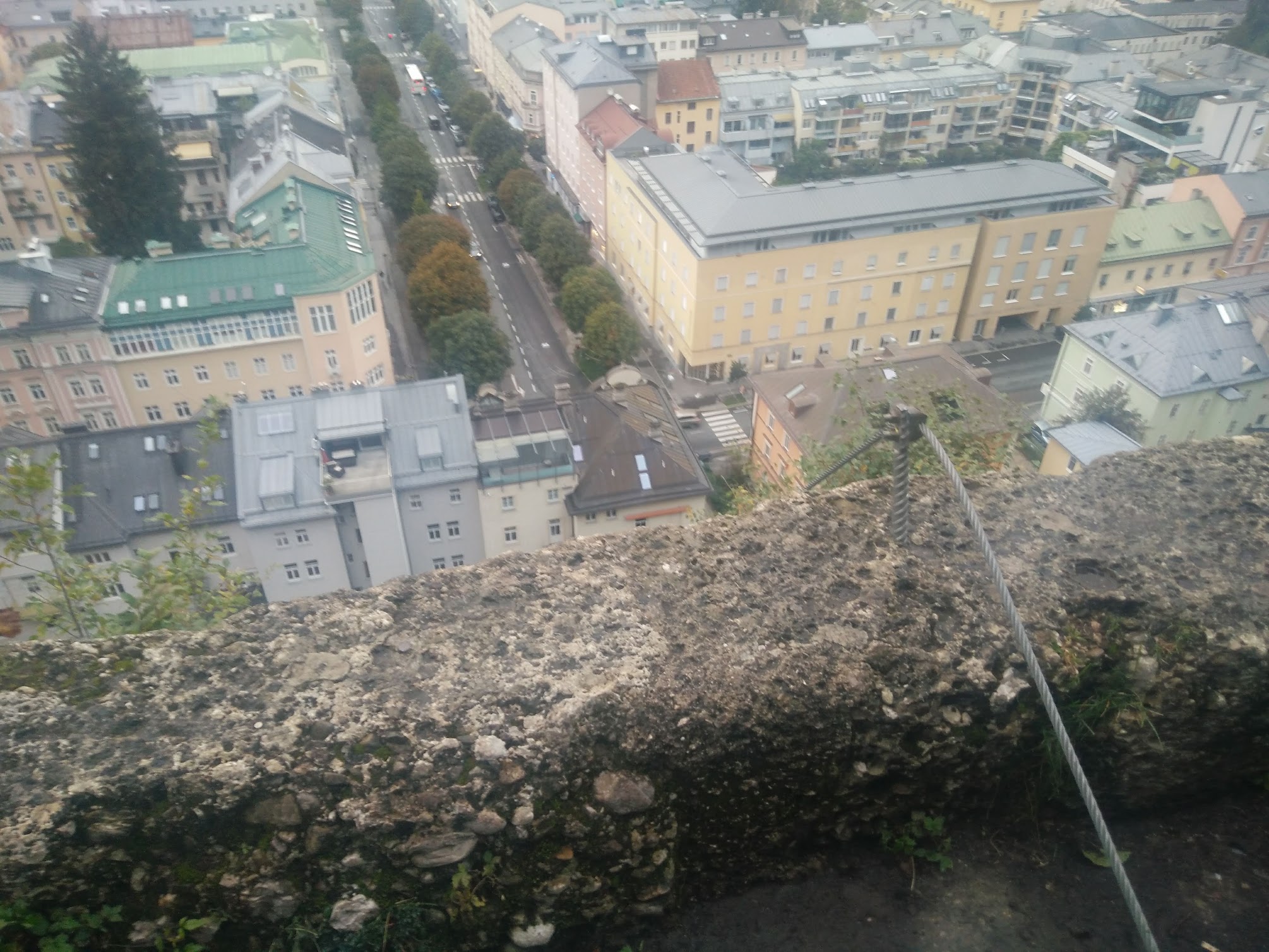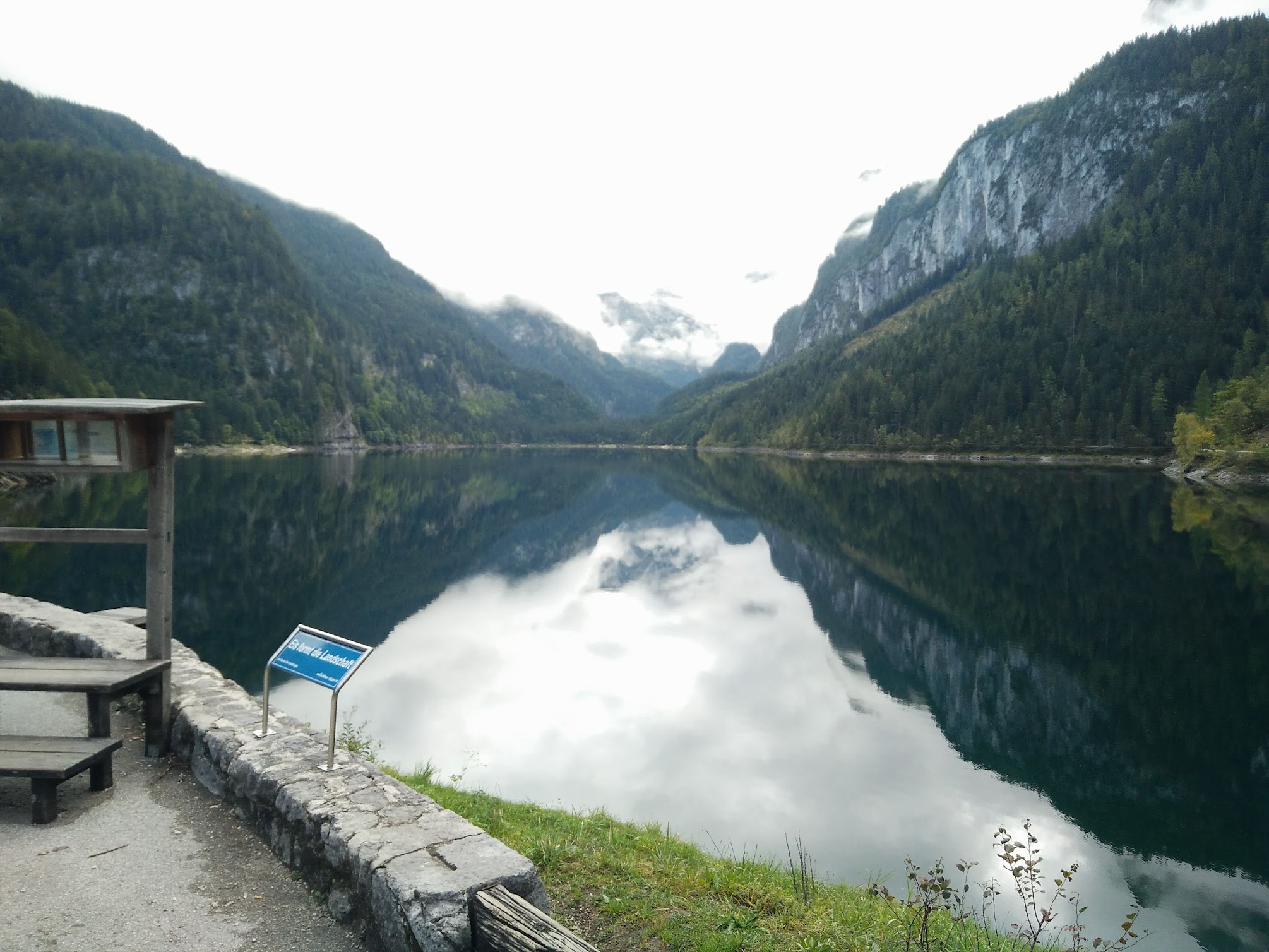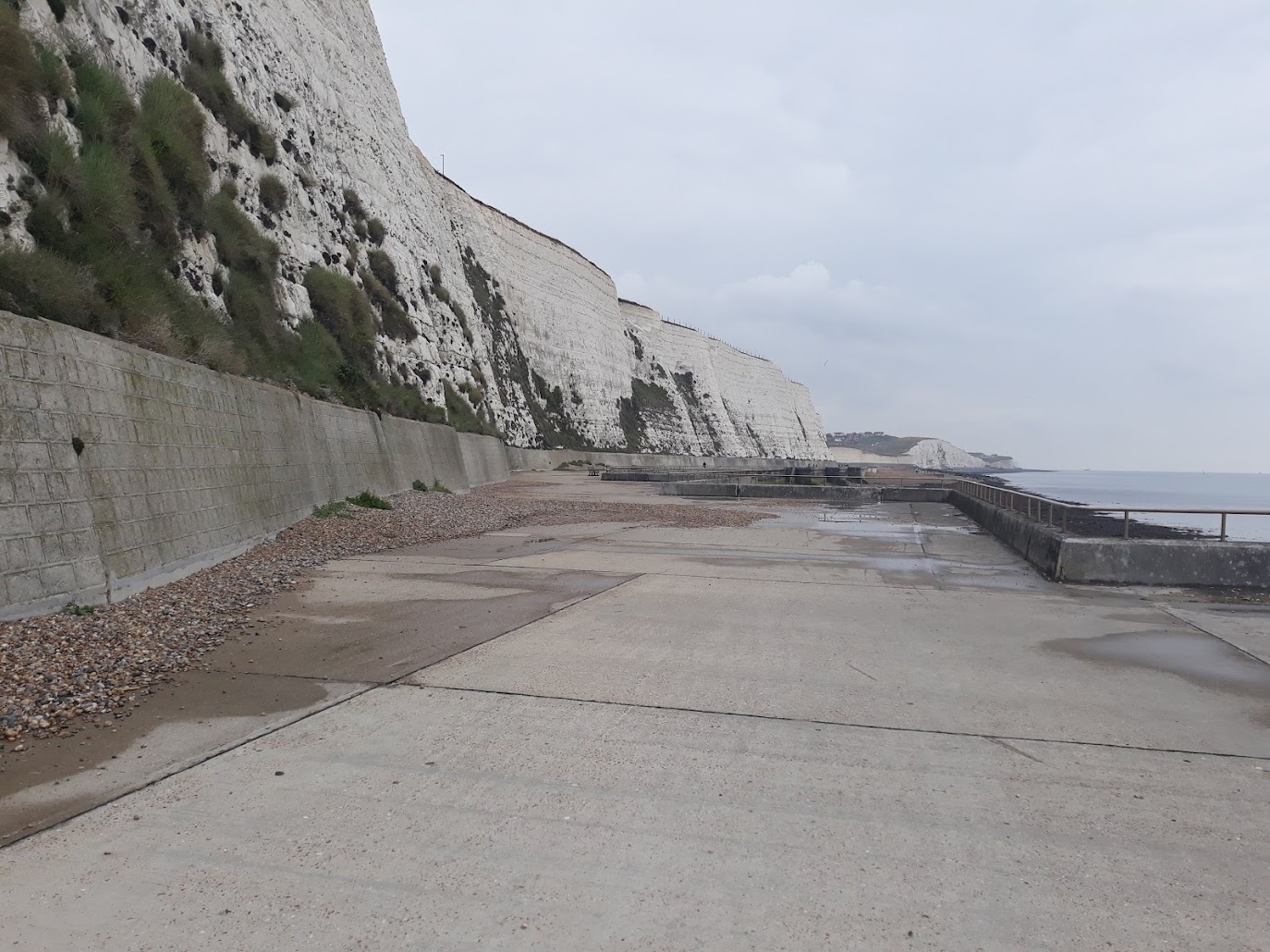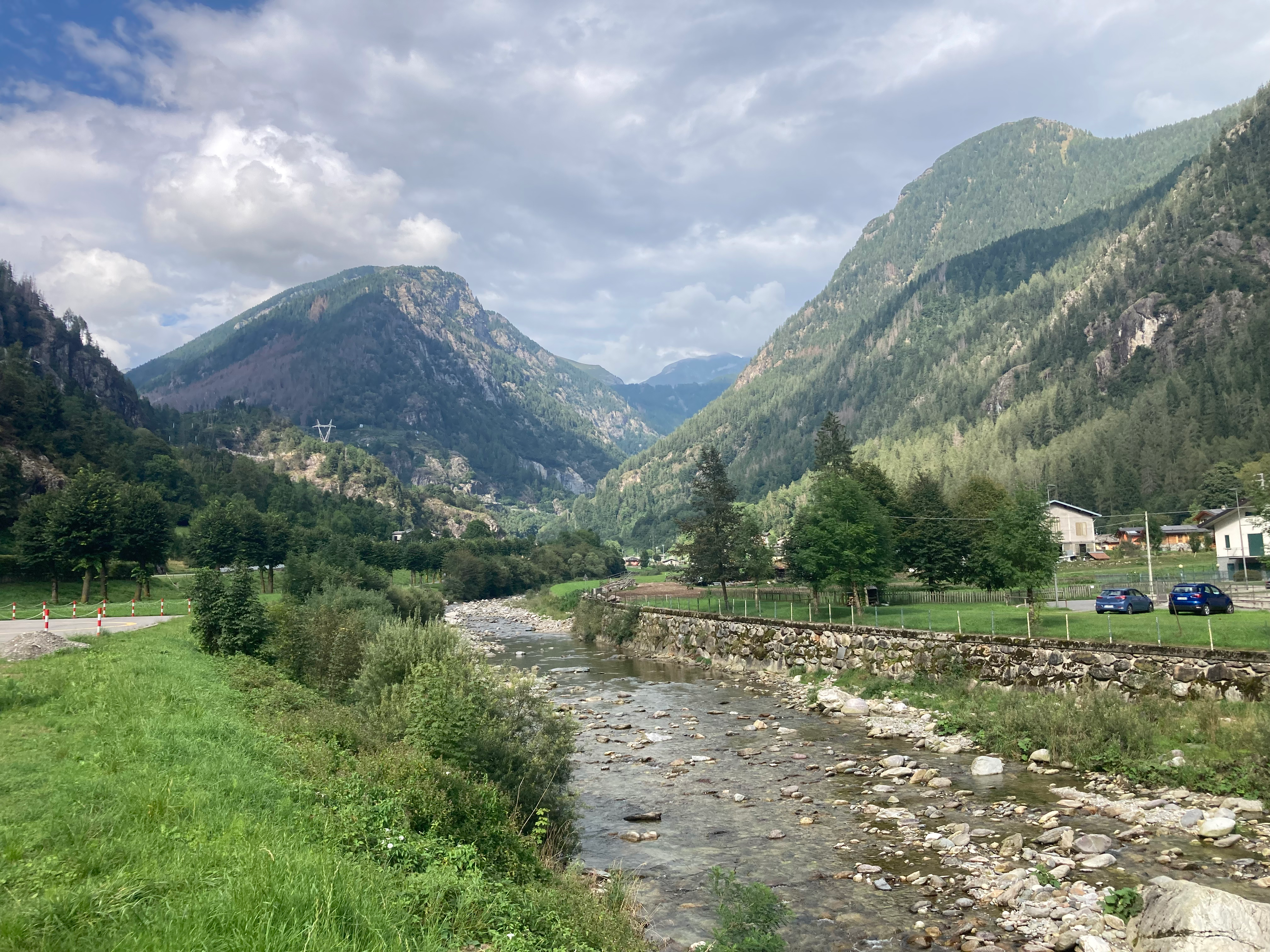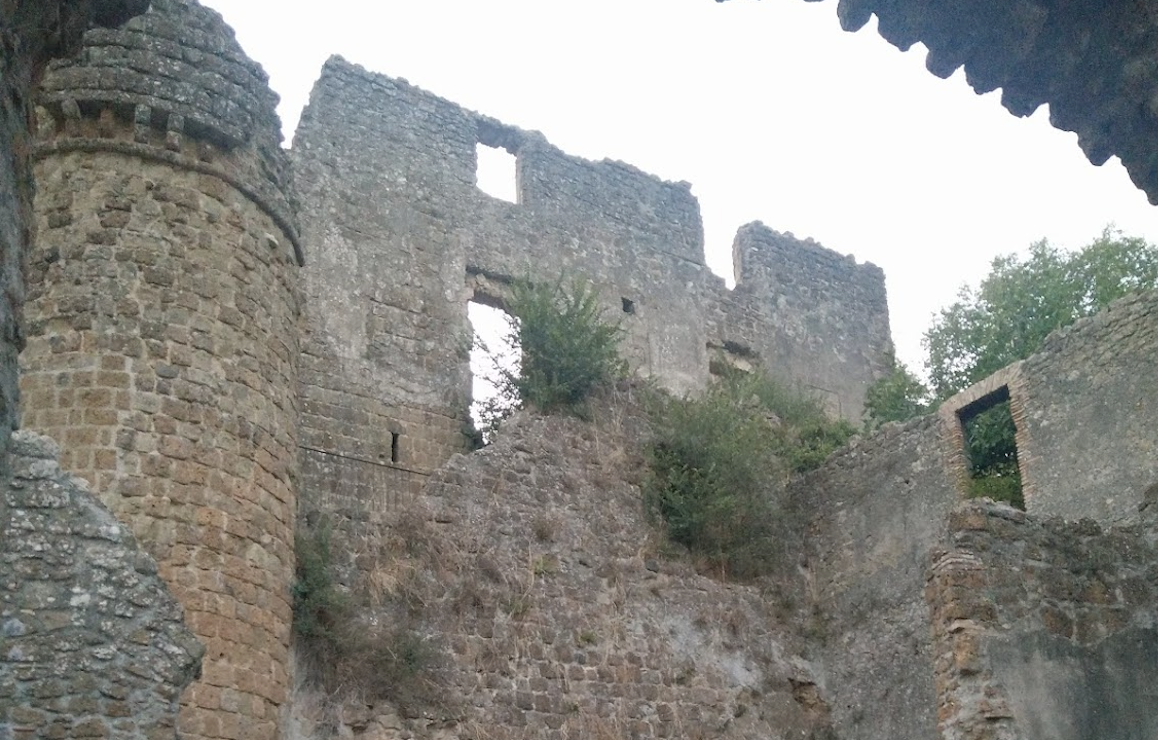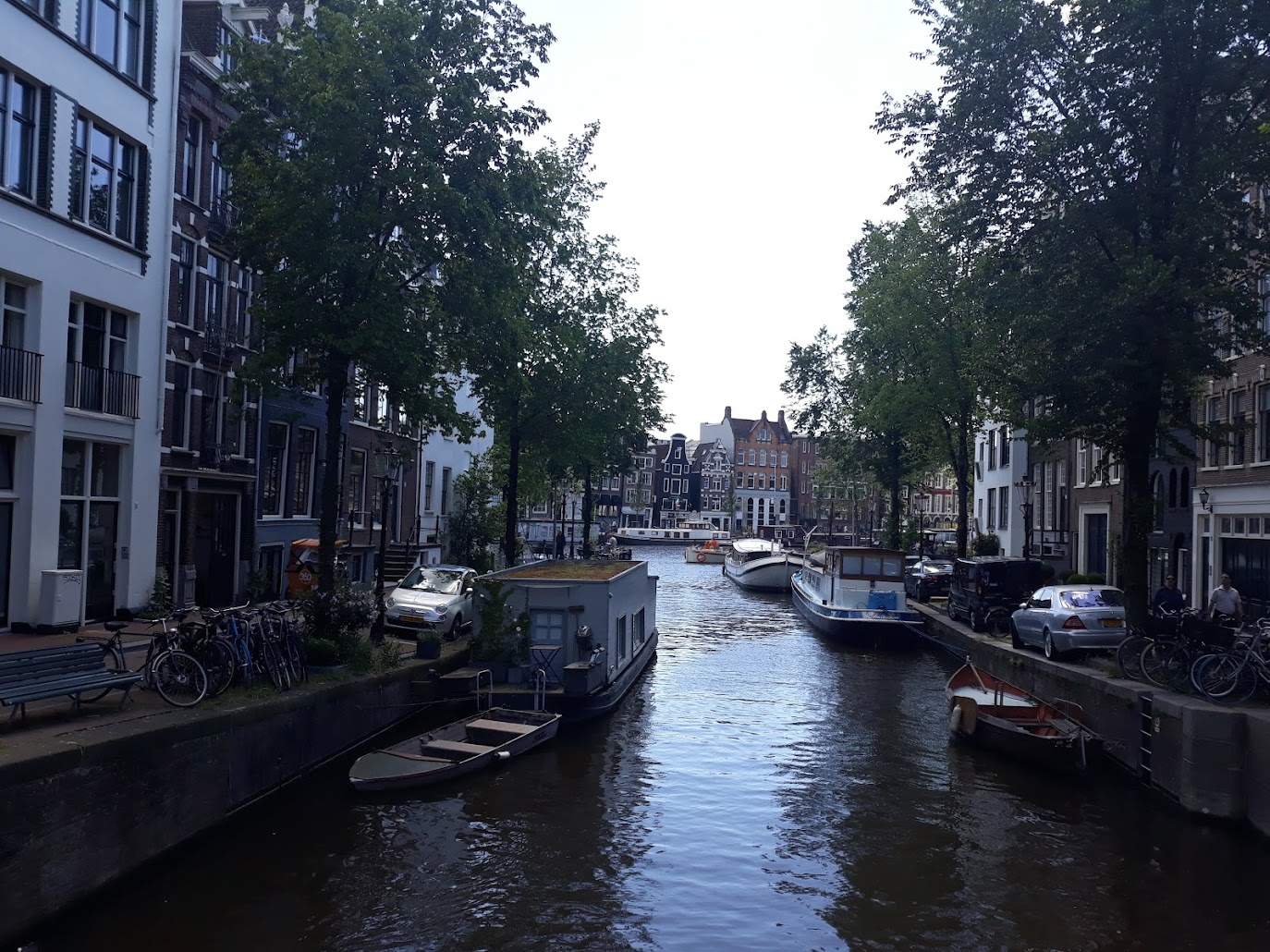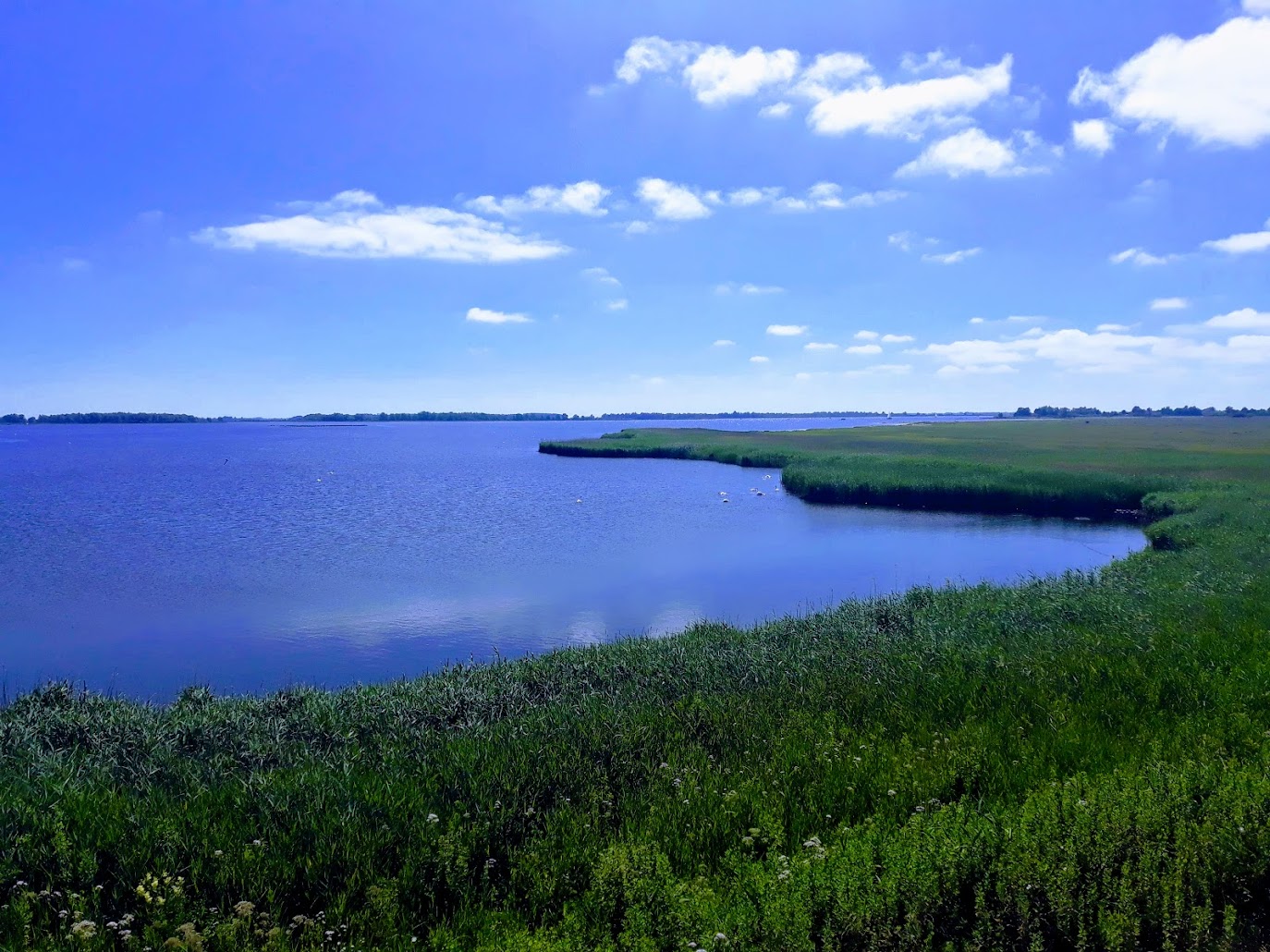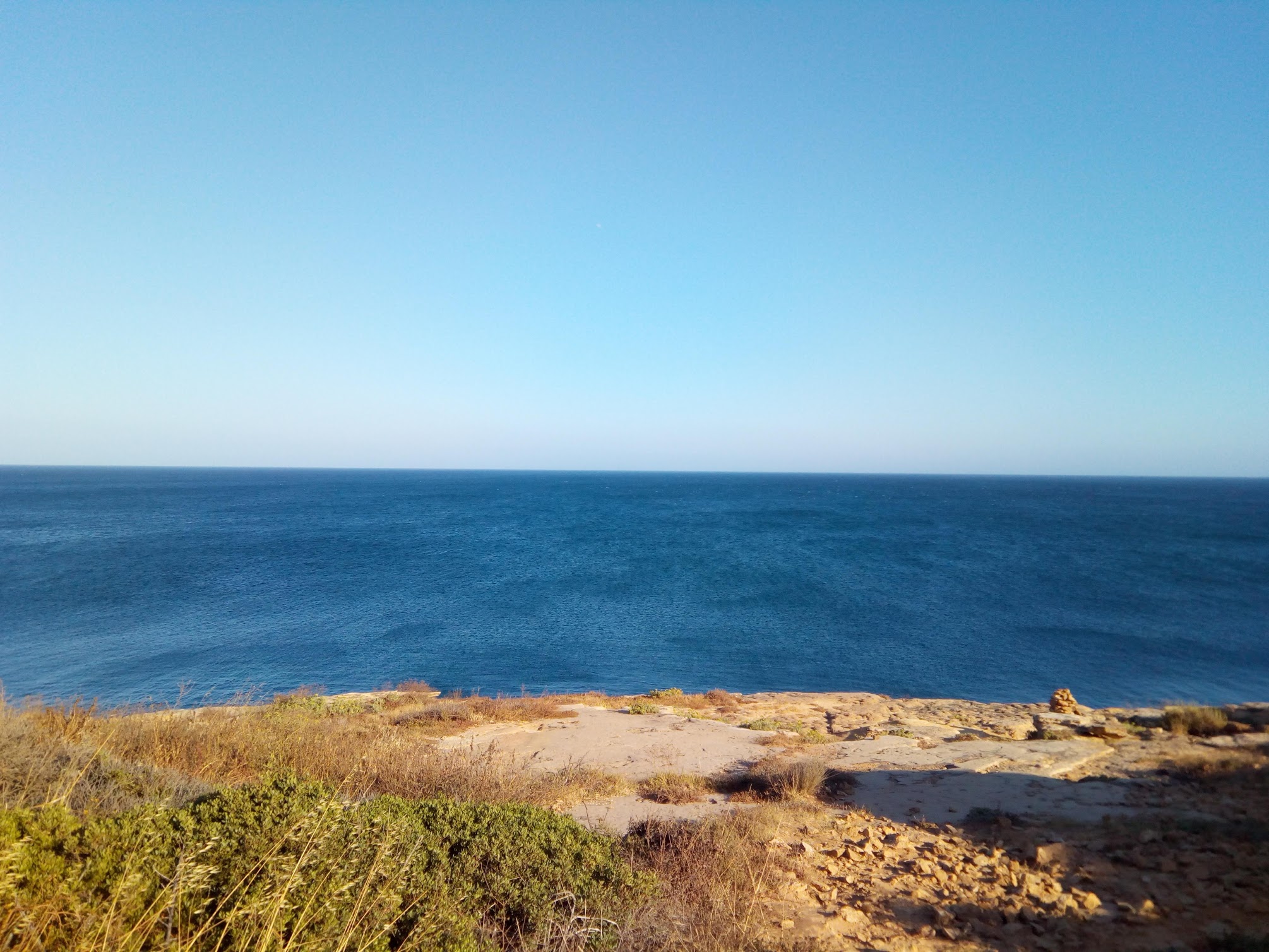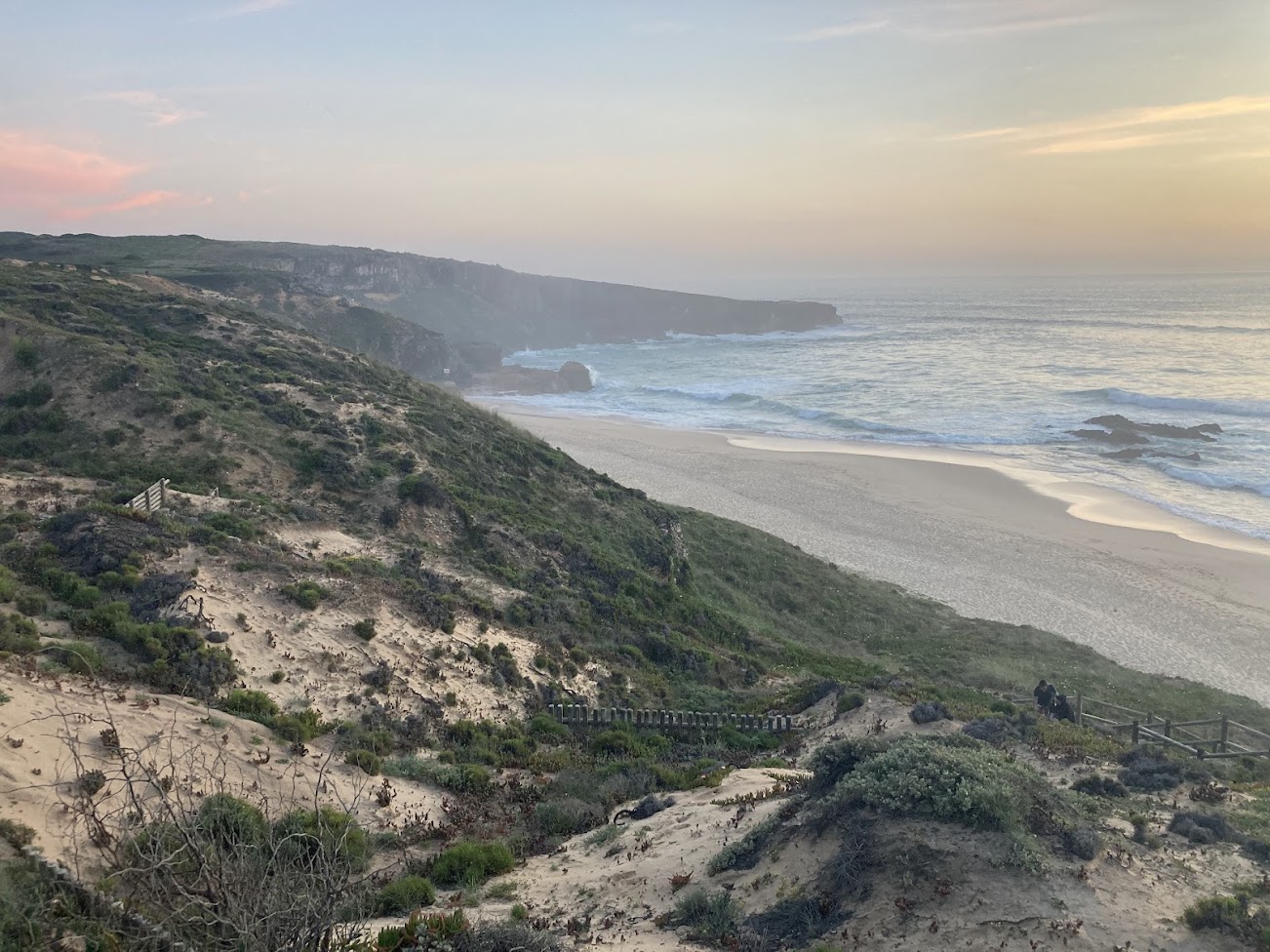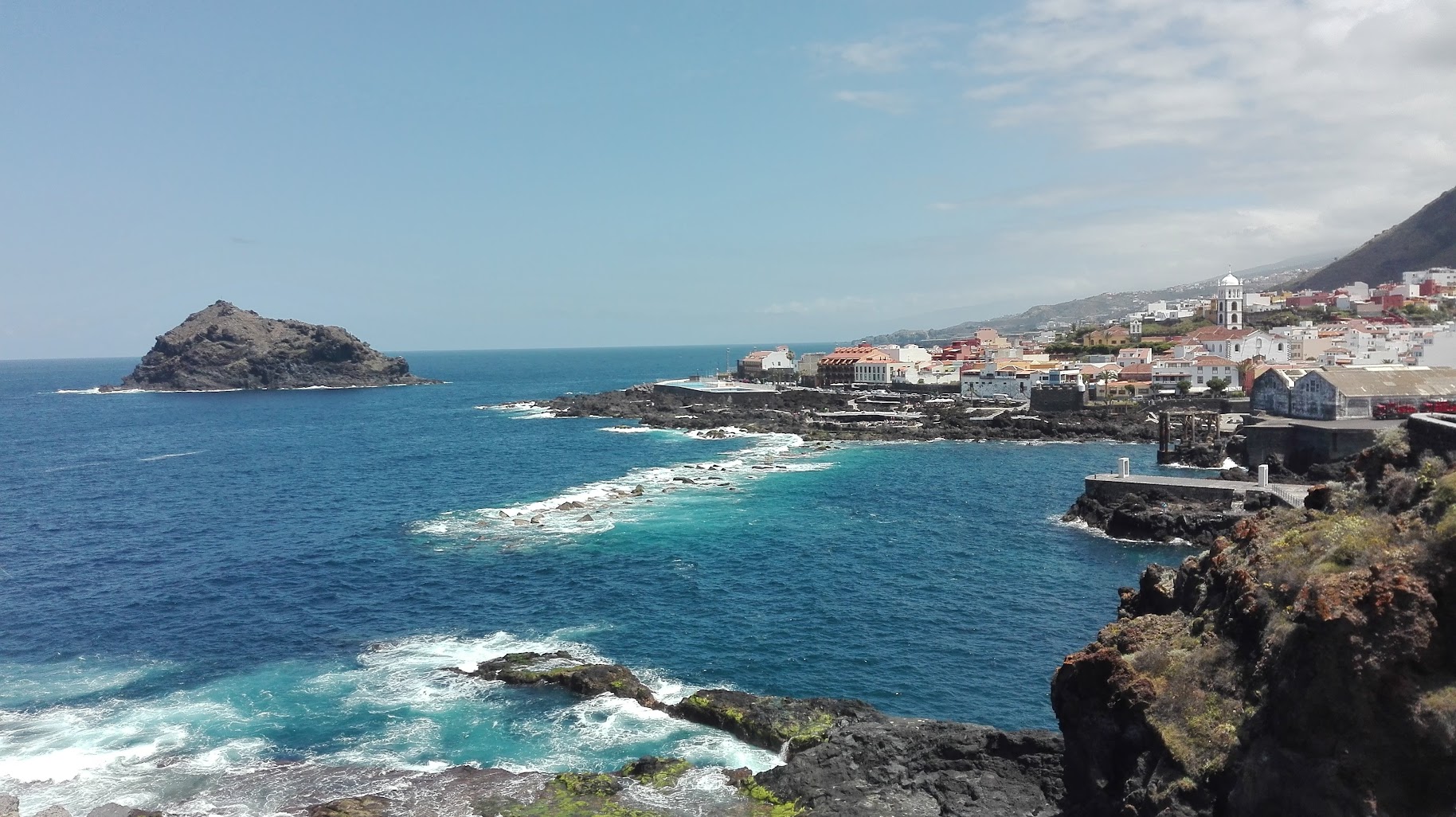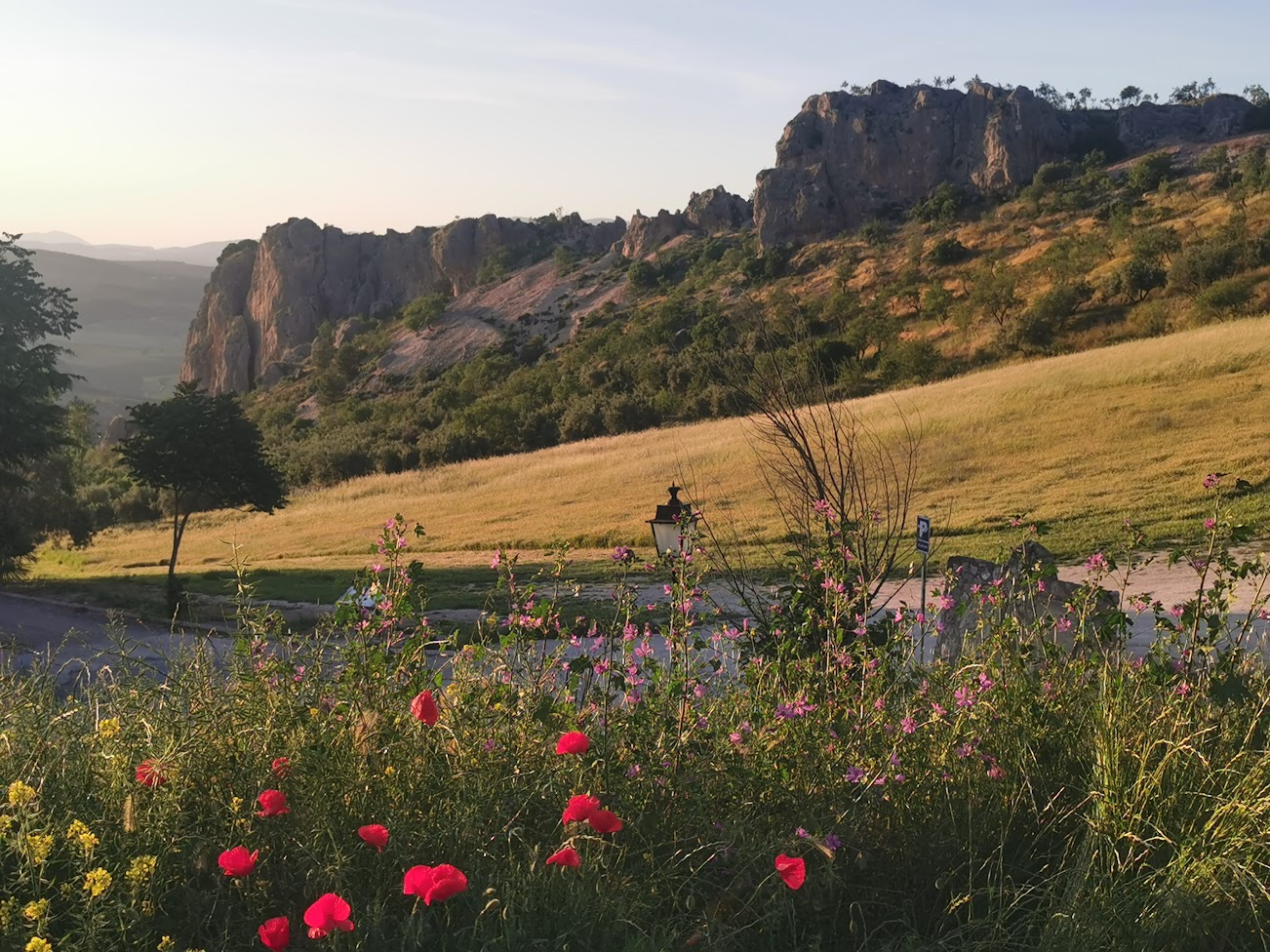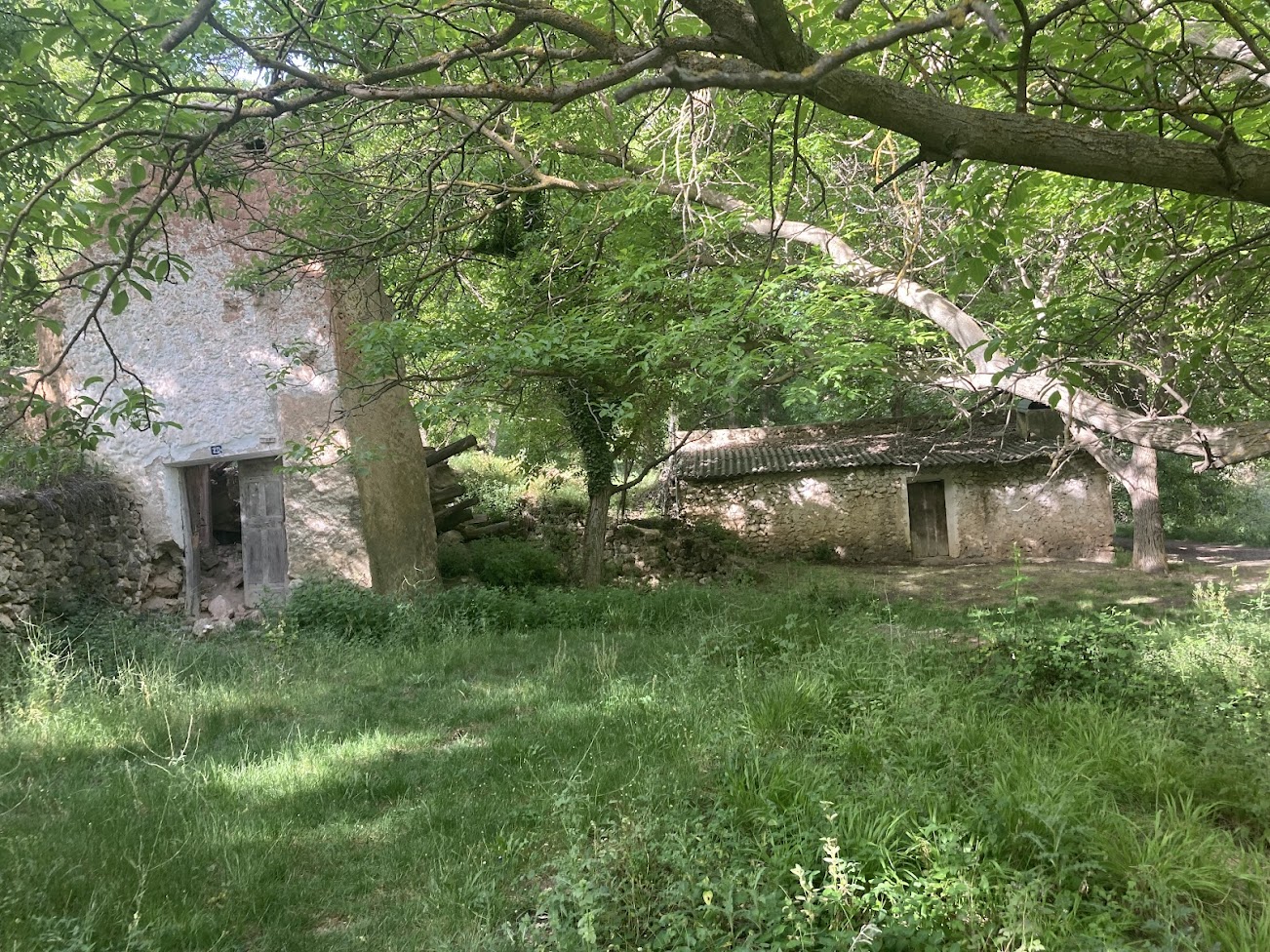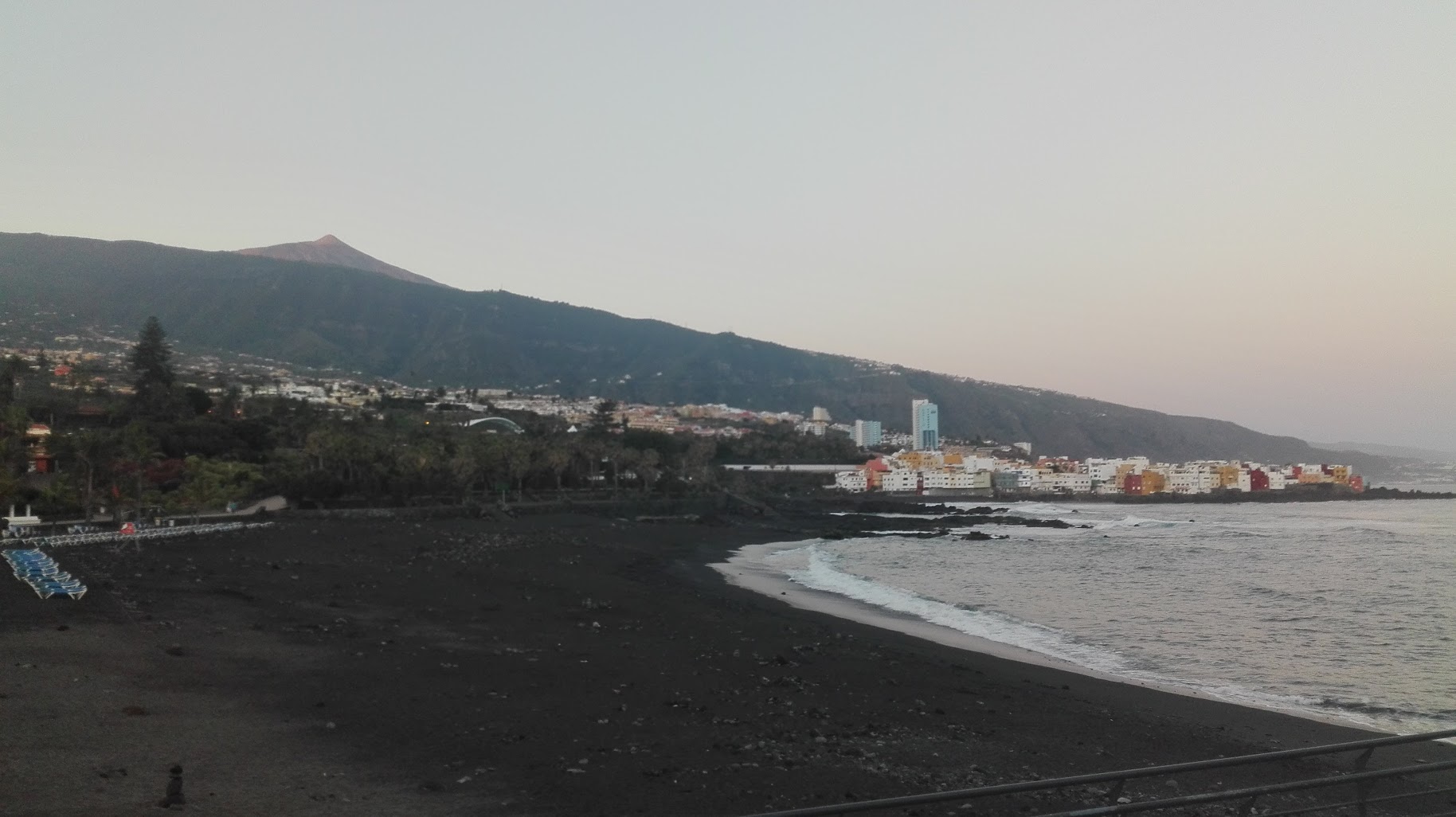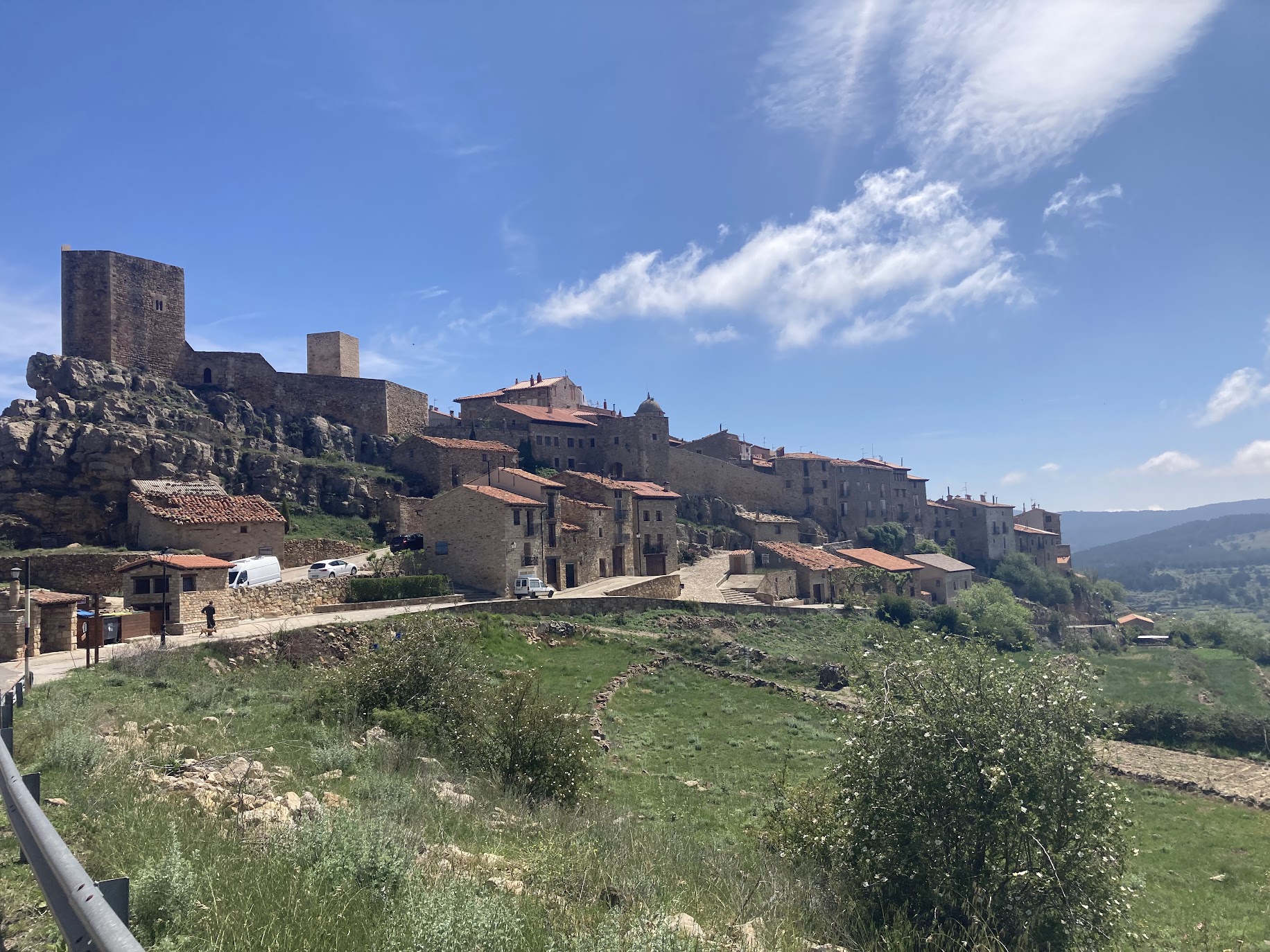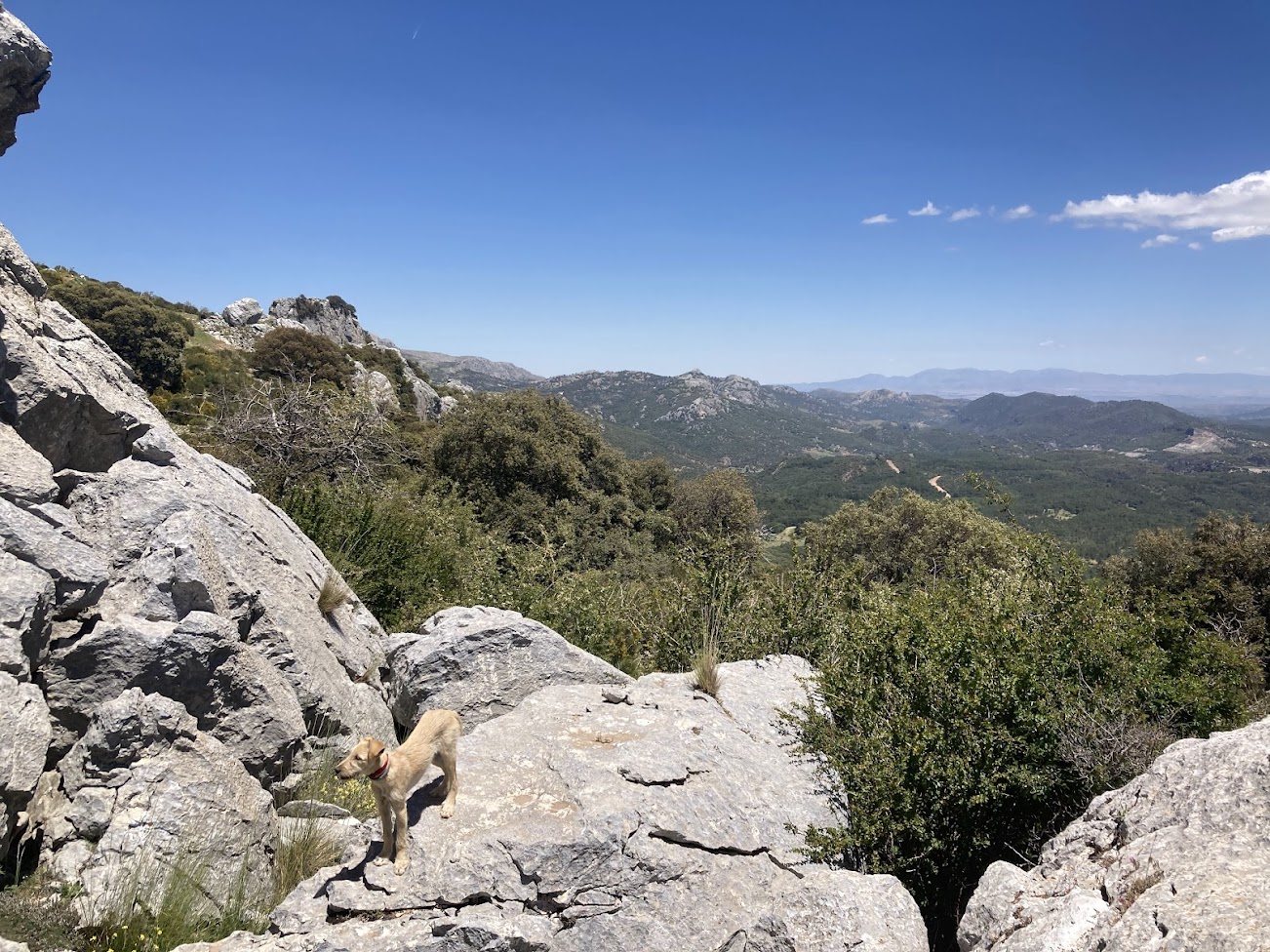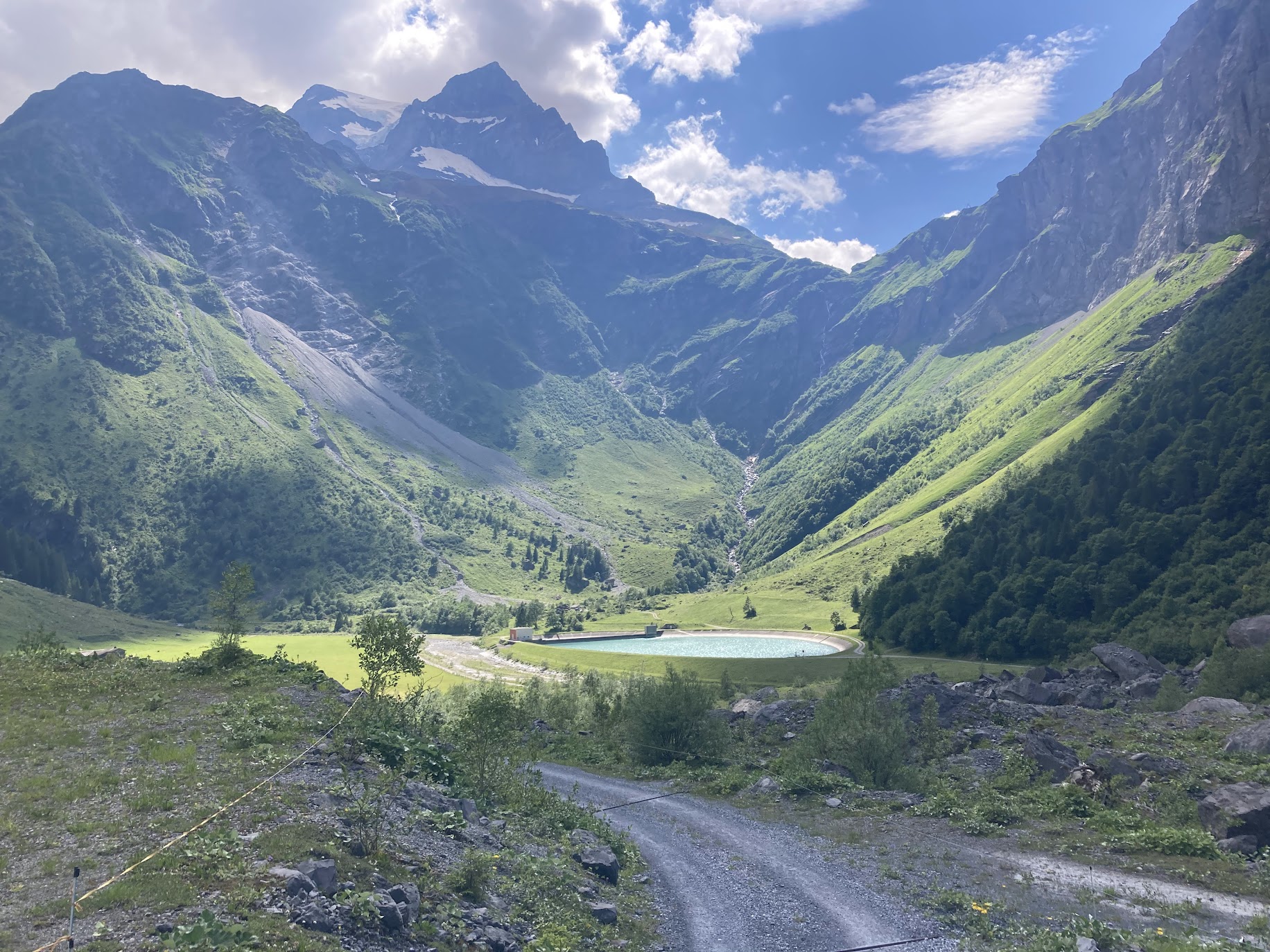
Sintra, Portugal: A Magical Hilltop Town of Palaces and Forests
Sintra is one of Portugal’s most captivating and enchanting destinations, nestled in the foothills of the Serra de Sintra. Known for its romantic palaces, verdant forests, and mystical atmosphere, this UNESCO World Heritage Site offers a perfect blend of nature, history, and architecture. Sintra has been a favorite retreat for Portuguese royalty and elite since the 19th century, making it a must-visit destination.
- Best Time to Visit: April to October
- Nearest City: Lisbon (about 30 km away)
- Ideal Stay: 1-2 days for a full experience
Explore Sintra:
- Palácio da Pena: One of the most iconic landmarks in Portugal, this vibrant, fairy-tale palace overlooks the town from a hilltop and is surrounded by lush gardens and forests.
- Quinta da Regaleira: A mysterious estate with gothic architecture, intricate gardens, and underground tunnels.
- Moorish Castle (Castelo dos Mouros): An ancient fortification with panoramic views over Sintra and the Atlantic Ocean.
- Palácio de Monserrate: A stunning 19th-century palace with intricate Islamic-inspired design and botanical gardens.

Attractions & Landmarks
Must-Visit Palaces:
- Palácio Nacional da Pena: Perched atop a high peak, this palace is a colorful mixture of Romanticism, Manueline, and Moorish styles. Inside, visitors can explore the royal chambers, chapels, and grand halls. The surrounding Pena Park offers miles of scenic walking paths through dense forests.
- Quinta da Regaleira: A highlight of Sintra, this estate is a mix of Gothic, Renaissance, and Manueline architecture, filled with hidden tunnels, grottoes, and secret gardens. Its Initiation Well, a spiral staircase that descends underground, is one of its most famous features.
- Castelo dos Mouros: This 8th-century Moorish fortress is strategically located high in the hills and offers stunning panoramic views of Sintra and the surrounding forests. The castle’s walls and towers can be explored, giving a glimpse into the area’s medieval past.
- Palácio de Monserrate: A striking blend of Moorish, Gothic, and Indian architecture, Monserrate Palace is surrounded by lush gardens that house exotic plant species from around the world. It’s a quieter spot compared to the more popular Pena Palace.
Pro Tip: Get an early start to avoid crowds at the major palaces, especially during peak tourist season.

Nature & Outdoor Activities
Sintra is not only a town of palaces but also a paradise for nature lovers. The surrounding Serra de Sintra mountains and forests create a dramatic landscape perfect for hiking, cycling, and outdoor exploration.
Top Outdoor Spots:
- Pena Park: The forested area surrounding Pena Palace features winding paths, hidden lakes, and exotic plants. It’s perfect for leisurely walks or exploring on a bike.
- Sintra-Cascais Natural Park: This natural park encompasses a variety of landscapes, from the mountainous region of Sintra to the coastal cliffs near Cabo da Roca, the westernmost point of mainland Europe. It’s a great place for hiking, birdwatching, and enjoying unspoiled nature.
- Hiking Trails: Sintra has a variety of trails that wind through dense forests and lead to lookout points with stunning views. The Seteais trail takes hikers through gardens, forests, and up to the Cruz Alta viewpoint, offering sweeping views over Sintra.
- Cycling Routes: Rent a bike and cycle through the scenic countryside, past palaces, and through forested paths. Many local operators offer guided bike tours that take you through the best trails Sintra has to offer.

Cultural Heritage & History
Sintra is steeped in history and has been a center of culture and nobility for centuries. It was once the summer retreat of the Portuguese royal family, and its palaces and estates are a testament to the wealth and influence of its former residents.
Historical Insights:
- Royal History: Sintra’s connection to Portuguese royalty dates back centuries. The Palácio Nacional de Sintra, located in the town center, was once a royal residence and is the best-preserved medieval royal palace in Portugal. Its distinctive twin chimneys are a hallmark of Sintra’s skyline.
- Moorish Influence: The Moorish Castle is a reminder of the town’s Islamic past when the Moors controlled much of the Iberian Peninsula. The castle offers not only historical insight but also some of the best views of Sintra and beyond.
- Romanticism: Sintra is a hub of 19th-century Romanticism, with its palaces and estates representing the romantic movement’s ideals of harmony with nature, the revival of medieval art, and the mysticism of ancient cultures. This is most evident in Palácio da Pena, built by King Ferdinand II, who was heavily inspired by Romantic art and architecture.
Pro Tip: Take time to visit some of the lesser-known historical sites in Sintra, such as the Capuchos Convent, a Franciscan monastery known for its humble architecture and integration with the natural landscape.
Gastronomy & Local Products
What to Eat:
- Travesseiros: Sintra’s famous sweet pastry made with puff pastry and almond cream filling. It’s a must-try when visiting the town, especially from the legendary Piriquita bakery.
- Queijadas de Sintra: Another local delicacy, these small, round cheesecakes are made with fresh cheese, sugar, and cinnamon. They’ve been made in Sintra for centuries and are the perfect snack with a cup of coffee.
- Fresh Seafood: Being so close to the coast, Sintra offers fresh seafood dishes such as bacalhau (salted cod) and grilled sardines. Many of the local restaurants specialize in traditional Portuguese cuisine.
Local Crafts:
- Azulejos (Tiles): Portugal is known for its beautiful azulejos (ceramic tiles), and Sintra has several shops that sell hand-painted tiles, which make great souvenirs.
- Handicrafts: Sintra’s local markets and shops are filled with handmade crafts, including pottery, lace, and embroidery, reflecting Portugal’s rich artisan traditions.
Sintra’s Mystical Atmosphere
Sintra is often described as a magical, mystical place due to its fog-covered hills, whimsical palaces, and enchanting gardens. Many visitors are captivated by its unique atmosphere, which has inspired poets, artists, and writers over the centuries.
- Lord Byron famously referred to Sintra as a "glorious Eden," and it remains a source of inspiration for creatives today.
- Romantic Gardens: The palaces of Sintra are often surrounded by elaborate, romantic gardens. These gardens, with their winding paths, hidden grottos, and fountains, are designed to transport visitors to another world, blending nature with art in a harmonious setting.
Practical Tips for Visitors
- Getting There: Sintra is easily accessible from Lisbon by train, with frequent services running throughout the day. The train ride takes about 40 minutes.
- Transport in Sintra: The town is very hilly, so be prepared for walking. Alternatively, there are tuk-tuks and buses that run between the major attractions.
- Crowds: Sintra can get very crowded, especially in summer. It’s best to arrive early to avoid long queues at the main attractions, such as Pena Palace and Quinta da Regaleira.
- Where to Stay: There are a range of accommodation options in and around Sintra, from luxury hotels to quaint guesthouses. Staying overnight allows you to experience the town’s magical atmosphere without the day-tripper crowds.
Call to Action
Discover the enchanting beauty of Sintra, where palaces rise from mist-covered hills, and ancient forests hide secrets of the past. Whether you’re exploring romantic gardens, hiking through the lush mountains, or soaking in the town’s rich history, Sintra is a place like no other. Share your Sintra adventure on Map4People and let others fall in love with this magical destination!
Longitude: -9.381775121348747
July 03, 2018

